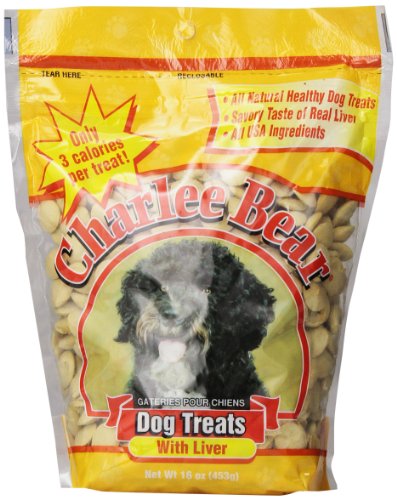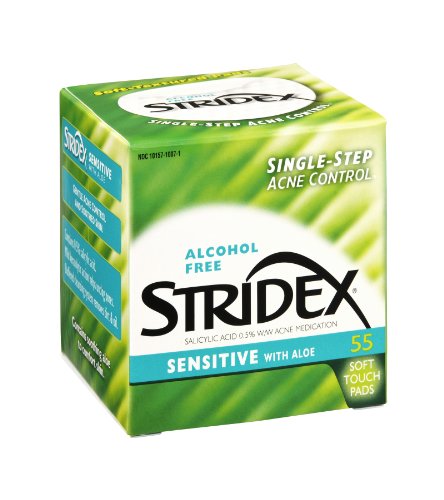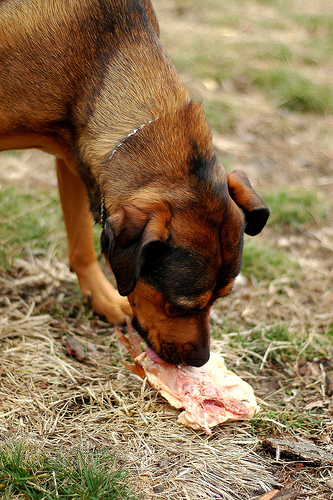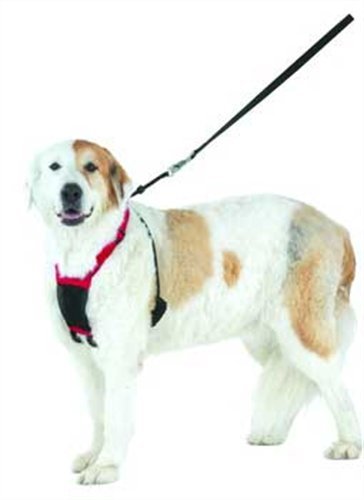
When preparing to puppy-proof your home, you first need to decide which rooms in your house will be “Puppy Friendly”. Many times, new puppy owners choose to limit their new puppy to certain sections of the house until he has completed obedience training. Once you have decided which rooms you will leave open to your dog, block off the entries to the rooms that are off-limits. Baby-gates are a popular barrier for new dog owners. If you are deeming several room as “puppy friendly”, we recommend those rooms be adjoining. This makes sense for two reasons. From a cost perspective, you will need to purchase less baby-gates to section off the puppy’s area. Logistically, it would not make sense for you to need to transport your dog to the different areas where he is allowed to play.
Once you have chosen your rooms, it’s time to get proofing! It may sound crazy, but a great way to puppy proof your home is to get down on your hands and knees and crawl around on the floor. This will allow you to see your home from the same perspective as your new dog. While crawling around, there are a few particular things you should be watching out for:
Once you have finished your investigation and puppy prep, it makes sense to set up an exercise pen. Despite your best intentions, chances are you won’t be able to closely monitor your puppy 24/7. An exercise pen set up in your puppy-sanctioned area will give you dog the ability to feel like he is part of the pack while you go about your day to day household activities.
 Starting Puppy Training
Credit: nnne
Starting Puppy Training
Credit: nnne
 How to Treat and Prevent Infected Wrinkles in Wrinkly Dog Breeds
In humans, wrinkles are a us
How to Treat and Prevent Infected Wrinkles in Wrinkly Dog Breeds
In humans, wrinkles are a us
 Raw Feeding: Some Simple Facts and Advice For You & Your Dog
Simple Facts and Advice About Raw Feeding
One of th
Raw Feeding: Some Simple Facts and Advice For You & Your Dog
Simple Facts and Advice About Raw Feeding
One of th
 Are Choke Collars Safe?
You see chokers everywhere-
Are Choke Collars Safe?
You see chokers everywhere-
 Pettiquette: The Art of Responsible Dog Walking
Cmon Baby, Ill Show You How to Walk the Dog
Pettiquette: The Art of Responsible Dog Walking
Cmon Baby, Ill Show You How to Walk the Dog
Copyright © 2005-2016 Pet Information All Rights Reserved
Contact us: www162date@outlook.com